We headed off to Gower last Saturday to walk one of the less well trodden routes that the peninsula has to offer. Concentrated on the quieter, though no less impressive, northern coast I first explored this area while surveying for the recent Bird Atlas and found it so rewarding that it’s become a regular haunt ever since. Parking up at Landimore and looking out across the expansive marsh it’s difficult to understand why more people don’t choose to spend a little more of their time here. You may not get sandy beaches the likes of which Rhossili and Port Eynon can offer but that’s more than made up for by big skies, plenty of birds and, er, lots of sheep.
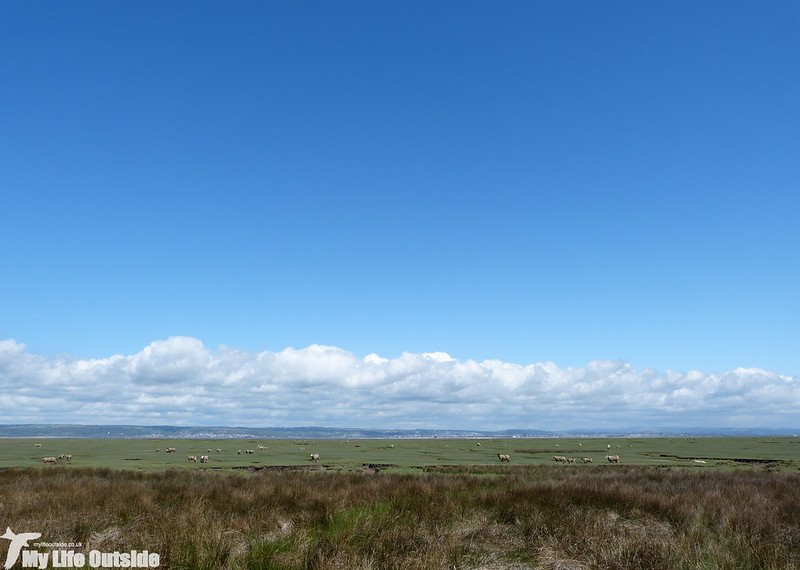
Even better was that after a couple of weeks of dull and cool weather we finally had the sun back and for the first time in a long time it actually felt like Spring. Gone were the coats and as we made our way up towards the village we were surrounded by calling Chiffchaffs and Goldfinches. Even better was that hirundine numbers looked to be on the increase with good numbers of Swallows mixed in with only our second sighting of House Martins this year. Hearing them calling as they swooped overhead was a really nice way to start the day and things only got better when we found a couple of Swallows perched on roadside cables. Through a heat haze and hoards of insects (or food if you’re one of these fellows) I couldn’t resist taking this photo, a smile on my face throughout.
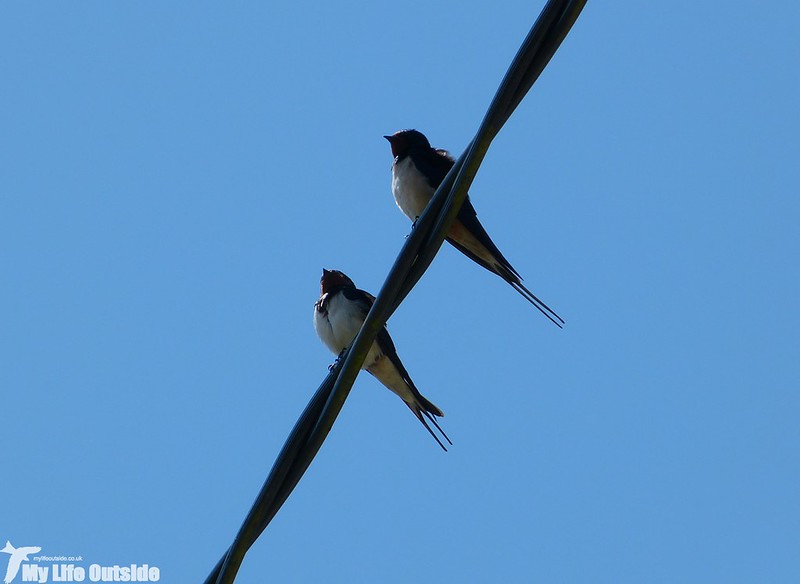
High up in nearby trees the local Rookery was in fine voice with well grown chicks visible in at least a couple of nests. Their attentive parents were perched nearby with a constant series of comings and goings helping to keep the volume levels high. I wander what the neighbours must think? Crossing the fields to Weobley Castle we turned up a couple of Whitethroats and a Treecreeper though neither stuck around for very long. There was also a Green Woodpecker yaffling at such a volume that it genuinely sounded as if it was getting a sore throat. We never did manage to see it but looking through the trees you couldn’t help but notice another brilliant display of wild flowers.


This stretch of vegetation has proved excellent for butterflies in the past and on this occasion that was to prove no different. There were a couple of rather tatty Peacocks about as well as a Common Blue but most numerous were the Green-veined Whites and my personal favourites, the Orange-tips. As ever the latter were tricky to get a photo of with the males continually patrolling their territories resulting in plenty of back and forth on my part.
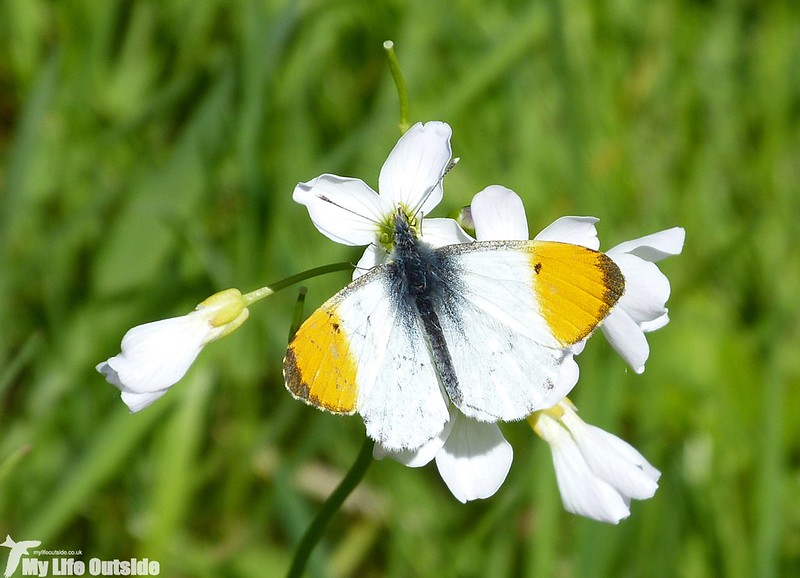
It was the Green-veined Whites however which proved the most interesting with several pairs exhibiting mating behaviour the likes of which I have not previously observed. What I presume to be the female sat with her abdomen upturned whilst the male fluttered overhead making frequent contact. Doing a bit of research it seems that the female had probably already mated and that this was her way of saying that she wasn’t interested in any further advances. I think it worked.

The sound of Sedge Warblers encouraged us to take a detour out across the marsh to the old lookout tower and boy did that turn out to be a good decision. Not only did we get great views of the warblers and a couple of Wheatears but also turned up our first Whinchat of the year. Result.
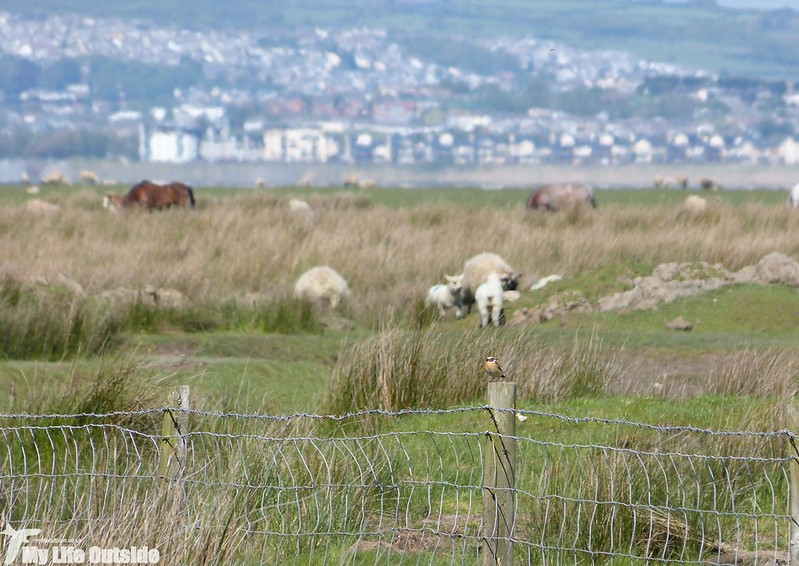

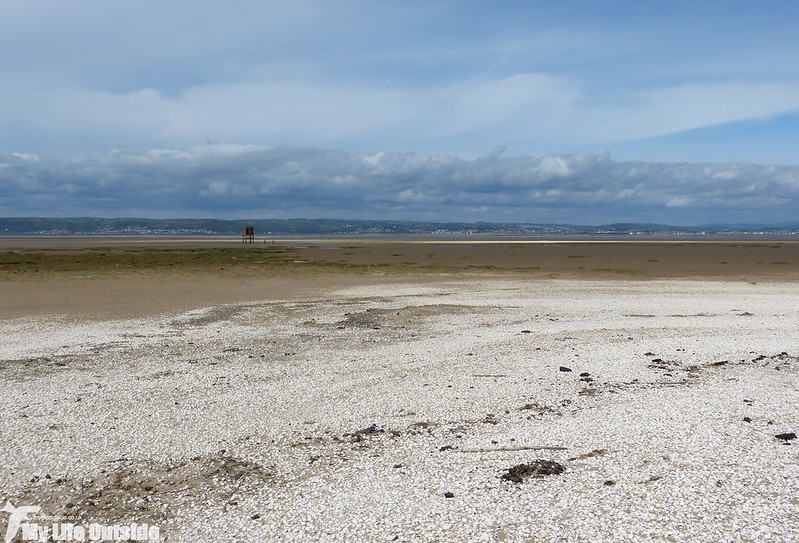
Sadly with the tide so far out there was little chance of spotting any waders but on the return route we did see a male Reed Bunting and a couple of colourful Linnets. Now though it was time to leave the marsh as we climbed up past Weobley Castle and struck out for Stonebridge, passing the imposing figure of Samson’s Jack along the way. It’s hard to tell from the photo below but this large quartz conglomerate stands at over three meters high.

It was refreshing to see that the farmland here seemed to be harbouring a good selection of wildlife including probably the largest flock of House Sparrows I’ve seen for quite some time. A conservative count came in at about one hundred and twenty but there were likely many more scattered throughout the surrounding hedgerows.
Turning to run roughly parallel to the coast we followed the course of Burry Pill all the way to Cheriton. Mistle Thrushes, Song Thrushes and a Great Spotted Woodpecker were the pick of the birds and I couldn’t resist including another photo of Stonebridge. This ancient packhorse bridge dates from the early seventeenth century and is the most visible and intact survivor of a landscape which once boasted several mills.
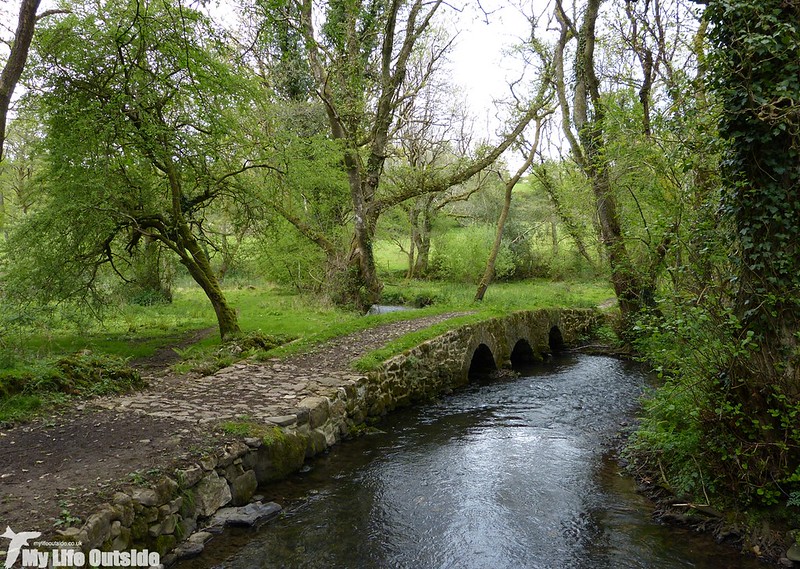
All too soon though we were back on the marsh and covering the last leg back to the car. I did ponder heading around to Cwm Ivy to view the newly formed saltmarsh there but that will have to wait a little while longer. We did however take the opportunity to scope out this section of coast for what will be my second and Emma’s first long distance walk later in the summer. I can’t wait for that.
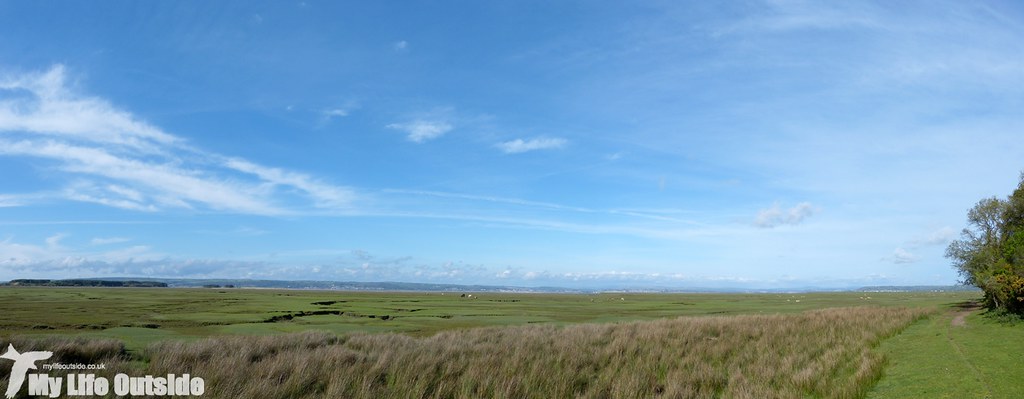
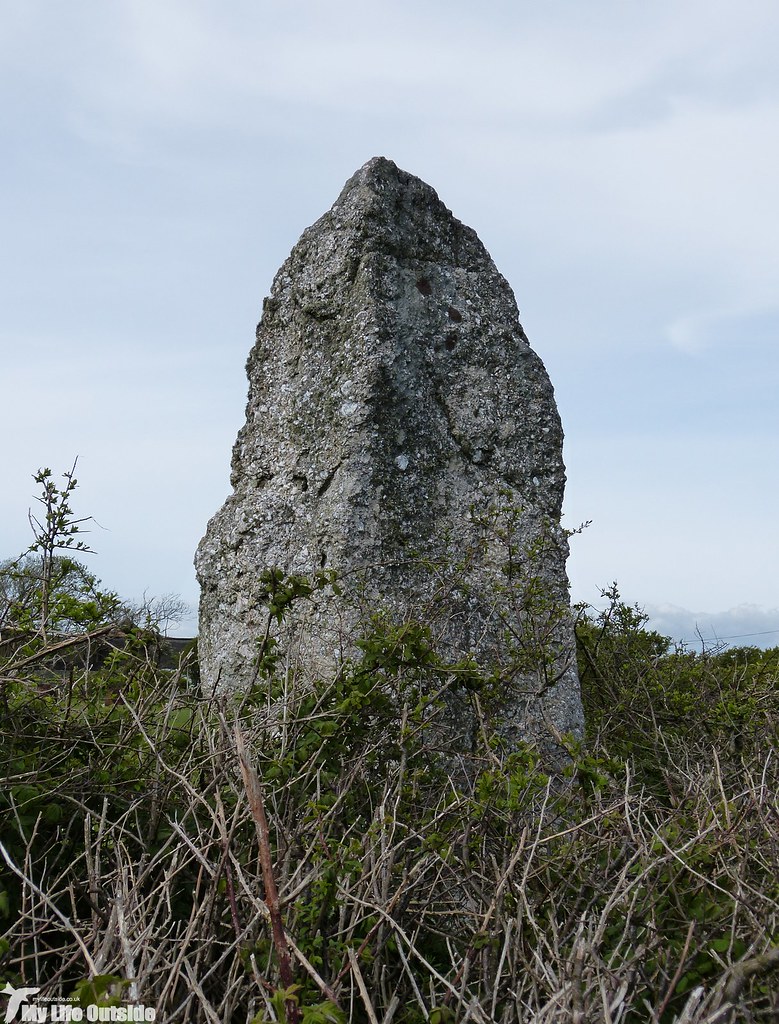



1 Comment
ADRIAN · May 15, 2015 at 12:35 am
This is another interesting walk. Great views and plenty of wildlife.